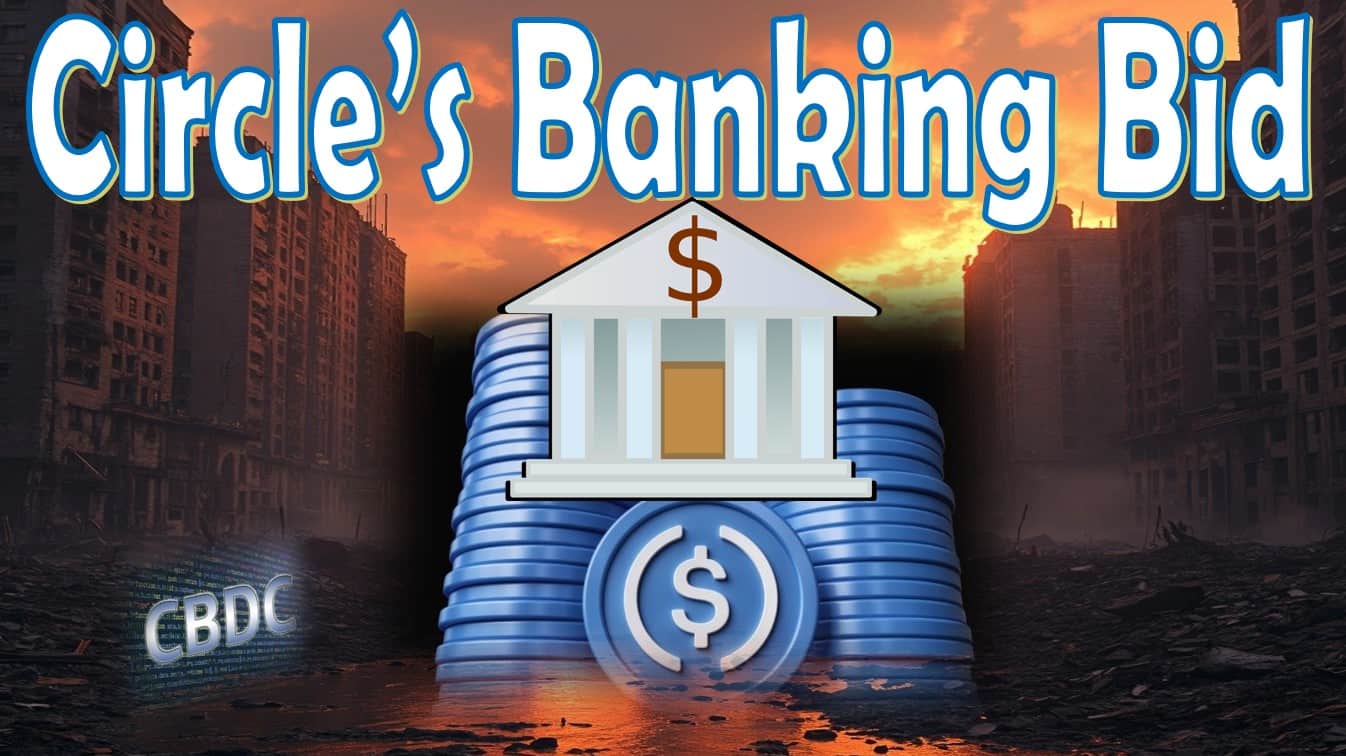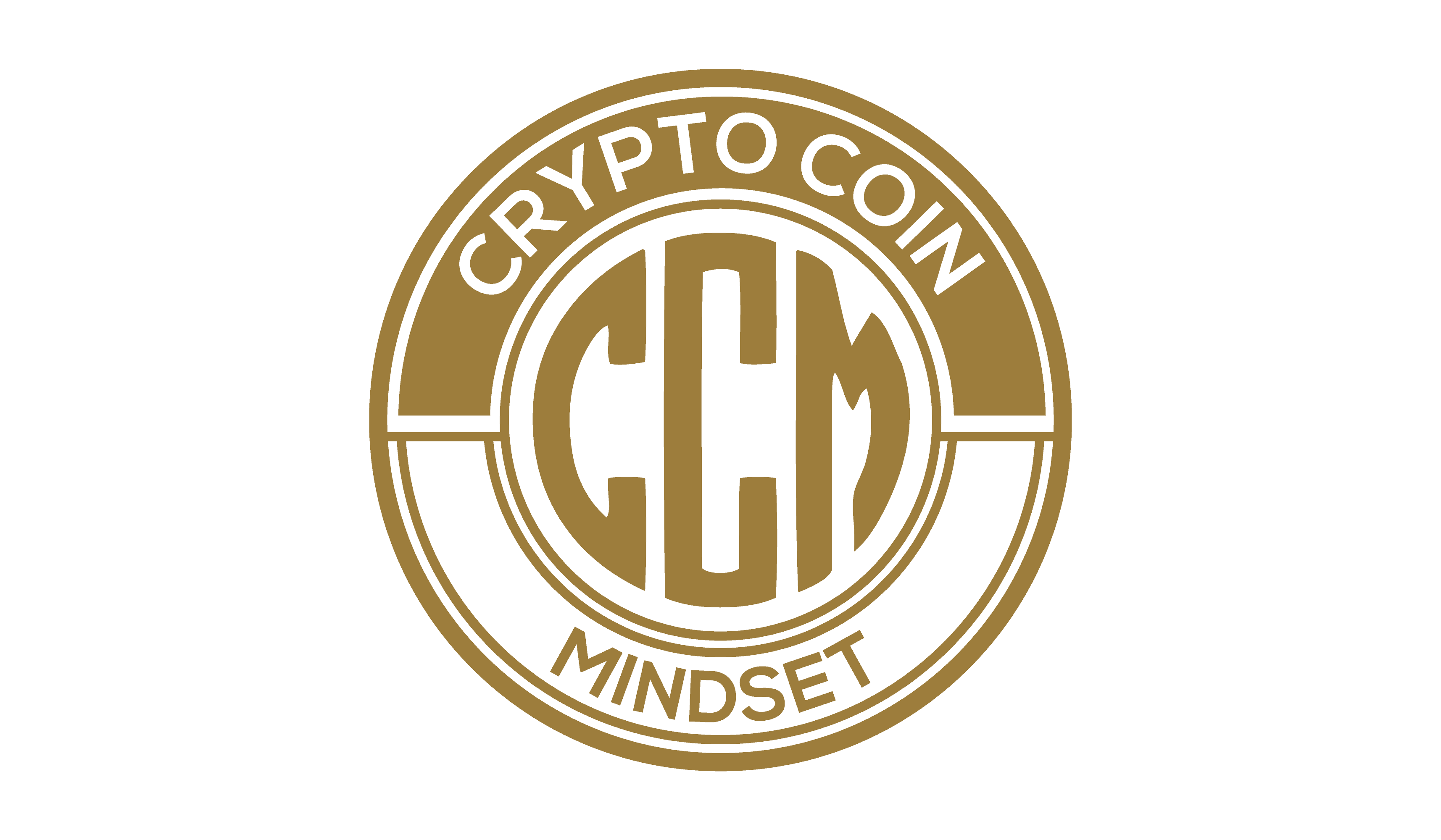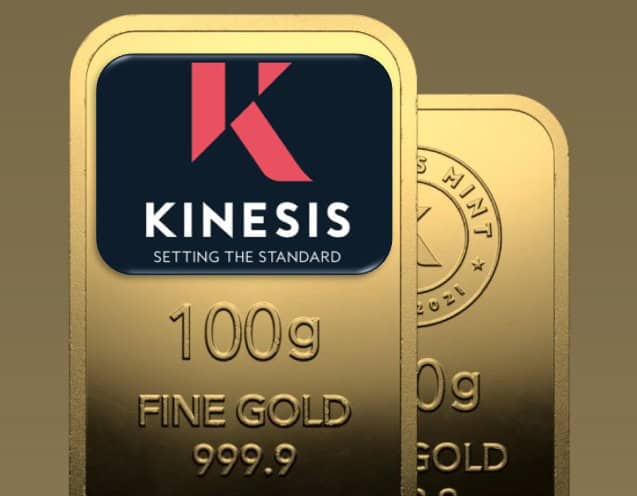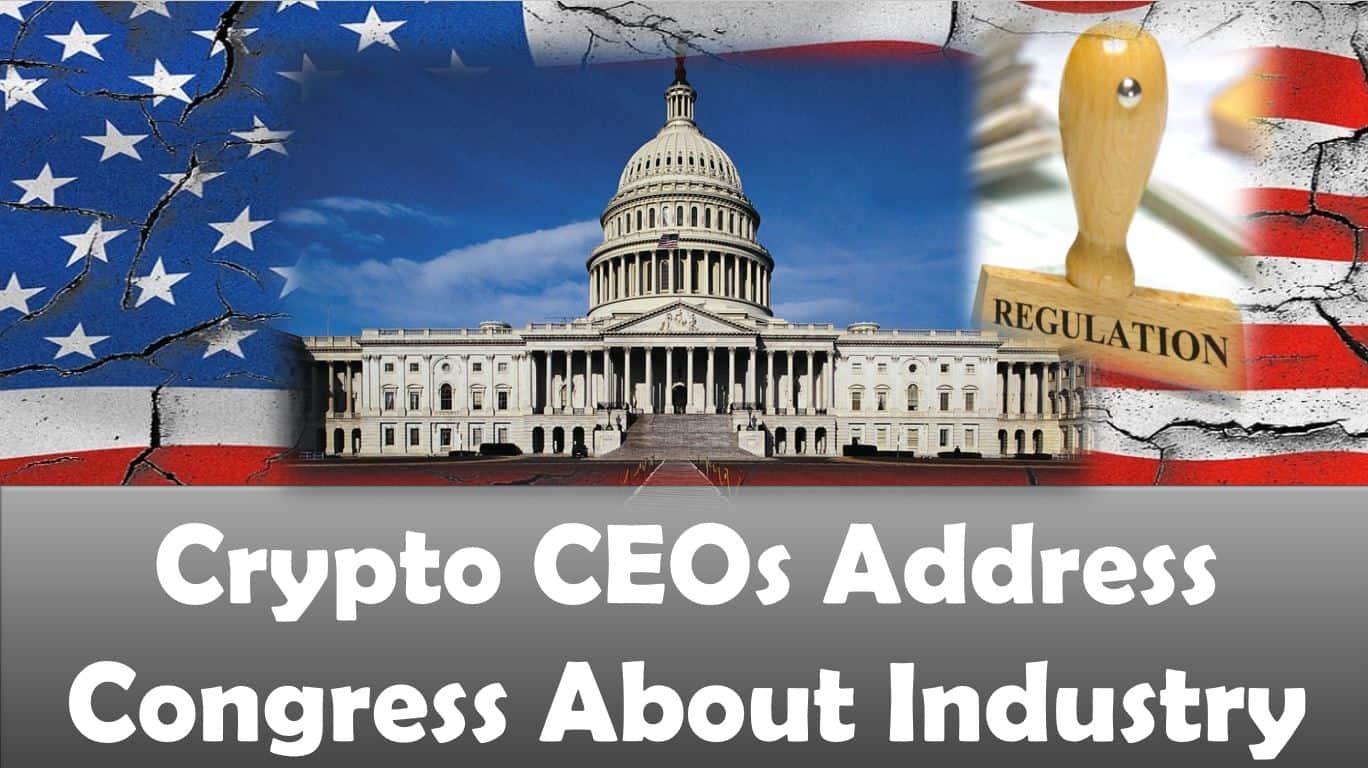
Circle’s Bid for U.S. Trust Bank Charter – A Game-Changer or Backdoor CBDC
Circle, the issuer of the popular USDC stablecoin, has made a significant strategic move by applying for a national trust bank charter from the Office of the Comptroller of the Currency (OCC).
This application, filed on June 30, 2025, aims to establish the “First National Digital Currency Bank, N.A.”
This could be a potential game-changer in the digital asset landscape.
However, there are some sound money advocates who remain concerned about this move, combined with the current GENIUS Act legislation creating a backdoor CBDC.
Why This Filing Matters
By obtaining a national trust bank charter, Circle would be positioned strictly under federal oversight, similar to traditional banking institutions.
This move would streamline Circle’s operations across the United States and reduce the complexity of adhering to various state-specific regulations.
On the positive side of this move, operating under a single, unified regulatory framework, Circle can enhance the efficiency and scalability of its services nationwide.
Furthermore, Circle would then be beholden only to federal government regulators, and be exempted from state-specific oversight.
Regulatory Compliance and the GENIUS Act
A federally regulated trust charter would also help Circle meet the requirements under the proposed GENIUS Act, which passed by the U.S. Senate on June 17, 2025, and as of the writing of this article, is awaiting a House vote.
This legislation is seen as a significant step toward integrating digital assets into the broader U.S. financial system.
However, there are cryptocurrency, and sound money advocates who have grave concerns with the GENIUS Act as written. Many feel that this could open up the door to a Central Bank Digital Currency (CBDC), even though these new stablecoins may not be issued directly by The Fed.
Competitive Stablecoin Advantage
If approved, Circle would join a select group of crypto firms, including Anchorage Digital and Paxos, that have already secured similar charters.
This would not only bolster Circle’s credibility, but position it to compete more effectively with traditional financial institutions and other cryptocurrency companies.
U.S. Treasury & USDC Reserves
Currently, Circle’s reserves are comprised of short-dated U.S. Treasury bills, overnight U.S. Treasury repurchase agreements (REPOs), and cash. These Treasury instruments are held in custody at BNY Mellon and managed by BlackRock.
Ultimately, with a national trust bank charter, Circle would be able to manage a portion of these reserves directly, reducing reliance on third-party custodians and asset managers. Furthermore, it would be helpful to the U.S. government, and the strength, or lack thereof, of USD.
Frankly speaking, many of us in the “sound money” space believe that there might be more to this move by Circle. For more info about this “conspiracy theory” take a moment to check out the live stream above.
Sound Money Movement
The idea of “sound money” refers to a fiat currency being backed by a monetary instrument that can not be manipulated by a government, like the U.S. dollar.
Originally, the USD was backed by gold, which limited the amount of manipulation that the U.S. government could have with USD. However, over the last several decades this backing, or peg, has been removed and we have our current, failing system.
Advocates like Citizens 4 Sound Money (C4SM) are working through grass-roots efforts in many states throughout the U.S. Their mission is to make gold and silver legal tender within these states, as allowed by the U.S. Constitution.
This movement has combined itself with the blockchain. Kinesis is one such entity.
Being a fork of the Stellar blockchain, Kinesis allows people across the globe to buy, sell and trade gold, silver, and crypto on their platform.
Industry Trends & Precedents
Having this new charter would enable Circle to offer custody services for digital assets, including Bitcoin, Ethereum, and its own USDC stablecoin.
Circle, fresh off the heels of a successful IPO, continues its trend to align its goals to provide a comprehensive suite of financial services that cater to the evolving needs of its institutional clients.
Though many in the crypto space consider this move as “bending the knee” on the part of Circle, their application is part of a broader industry trend where crypto firms are seeking legitimacy and stability through established regulatory paths.
Other notable crypto firms, such as Fidelity Digital Assets, are also reportedly considering applying for national bank charters from the OCC.
Where To From Here
Circle’s bid for a U.S. Trust Bank charter is a strategic maneuver that could significantly impact the stablecoin market, and the broader cryptocurrency ecosystem.
By aligning with federal regulations and enhancing its operational efficiency, Circle is positioning itself as a leading player in the evolving digital finance landscape.
If successful, this move could set a precedent for other digital asset companies, and further cement USDC’s position as a cornerstone of the digital asset economy.
Disclaimer
The information provided here is for INFORMATIONAL & EDUCATIONAL PURPOSES ONLY!
View our complete disclaimer on our Disclaimer Page






